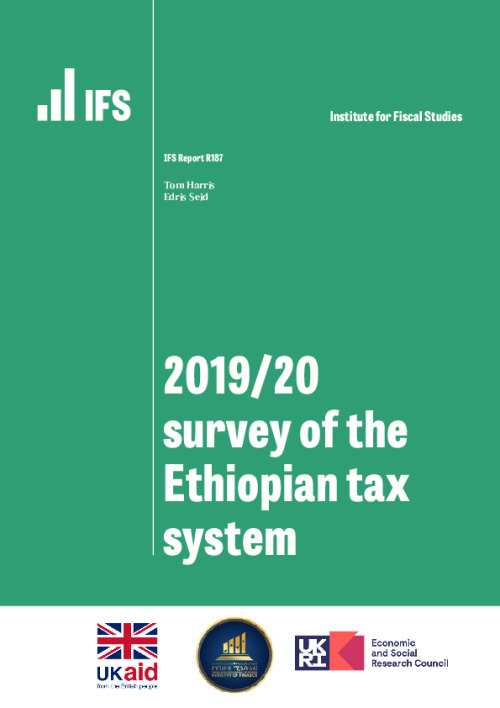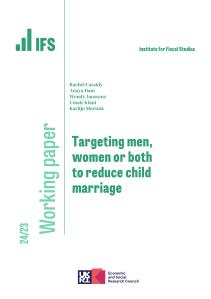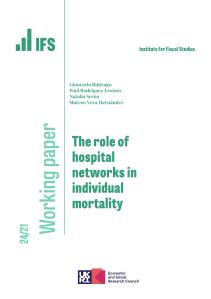Over the last 15 years, the Ethiopian economy has registered growth of around 10.2% per year in real terms, making it one of the fastest-growing economies in Africa. The country’s real GDP per capita also expanded by around 7.4% per year on average. This has contributed to an increase in the country’s GDP per capita from US$215 in 2004 to US$602 in 2019 (measured in 2010 prices). Similarly, the poverty headcount ratio declined from 39% in 2004 to 19% in 2020.
During this time, the economy has transitioned from being agriculture-led to being service-led. In 2004/05, agriculture contributed more than 52% to the country’s GDP while the service and industrial sectors made up around 35% and 13% respectively. Since then, the GDP shares of the service and industrial sectors have grown relative to agriculture and in 2015/16 the service sector overtook agriculture to be the largest contributor to GDP, although agriculture still remains the country’s largest employer with around two-thirds of employment being in agriculture (World Bank, 2019).
However, a number of key economic challenges remain. For example, external public debt has increased as a proportion of national income, despite rapid GDP growth, and in 2018/19 stood at around 28.2% of GDP; the balance of payments has deteriorated; and foreign exchange shortages continue to adversely impact the economy. Recognising the need to correct these macroeconomic imbalances, ease structural bottlenecks and create new growth opportunities, the new government introduced a three-year ‘Homegrown Economic Reform’ in 2019 that aims to address these issues by implementing a new set of comprehensive reforms.
In June 2020, the government also unveiled a new 10-year development plan under the theme of ‘Ethiopia: An African Beacon of Prosperity’ for the years 2020/21 to 2030/31 as a successor to the Growth and Transformation Plan (which ended in 2019/20). The new Plan aims to sustain the country’s GDP growth and address the main challenges the country faced under previous development plans. It has outlined six strategic pillars that will underpin Ethiopia’s economic development objectives over the next decade:
- ensuring quality economic growth;
- improving productivity and competitiveness;
- ensuring institutional reforms;
- making the private sector the driving force of the economy;
- ensuring the equitable participation of women and children;
- building a climate-resilient and green economy.
This ‘Perspective Plan’ aims to achieve annual GDP growth of 10% or more over the course of the next decade. The industrial sector is expected to be the main driver of economic growth in this period, with a target of 13% growth per year underpinned by a large expansion of the manufacturing sector. It is hoped that this rapid economic growth will bring significant improvements in living standards, with the aim of per-capita income reaching US$2,220 by 2030 – taking the country into middle-income status. The Plan also aims to reduce the poverty rate from 19% in 2020 to 7% by 2030.
However, in order to achieve these goals, Ethiopia will require sustained improvements in domestic resource mobilisation. Tax revenues will need to rise in order to fund spending plans and reduce the country’s reliance on debt and international donor support. A review of the tax system provides a useful starting point for considering how such improvements could be achieved.
In this report, we provide a detailed overview of Ethiopia’s current tax system and the evolution of tax revenue collections over the last 10 years. The report also highlights important changes to the structure of the tax system which have occurred over the past few years, and the associated tax revenue implications.
The report is structured as follows. Section 2 discusses the composition of tax revenue in Ethiopia, while Section 3 provides a detailed description of the structure of Ethiopia’s tax system. Section 4 discusses recent tax policy reforms and the direction of reform in Ethiopia. Section 5 compares tax collections in Ethiopia with those in other sub-Saharan African (SSA) and low- and middle-income countries. We conclude the report in Section 6 by considering the implications of these findings for tax policy strategy and the potential next steps for tax reform.











